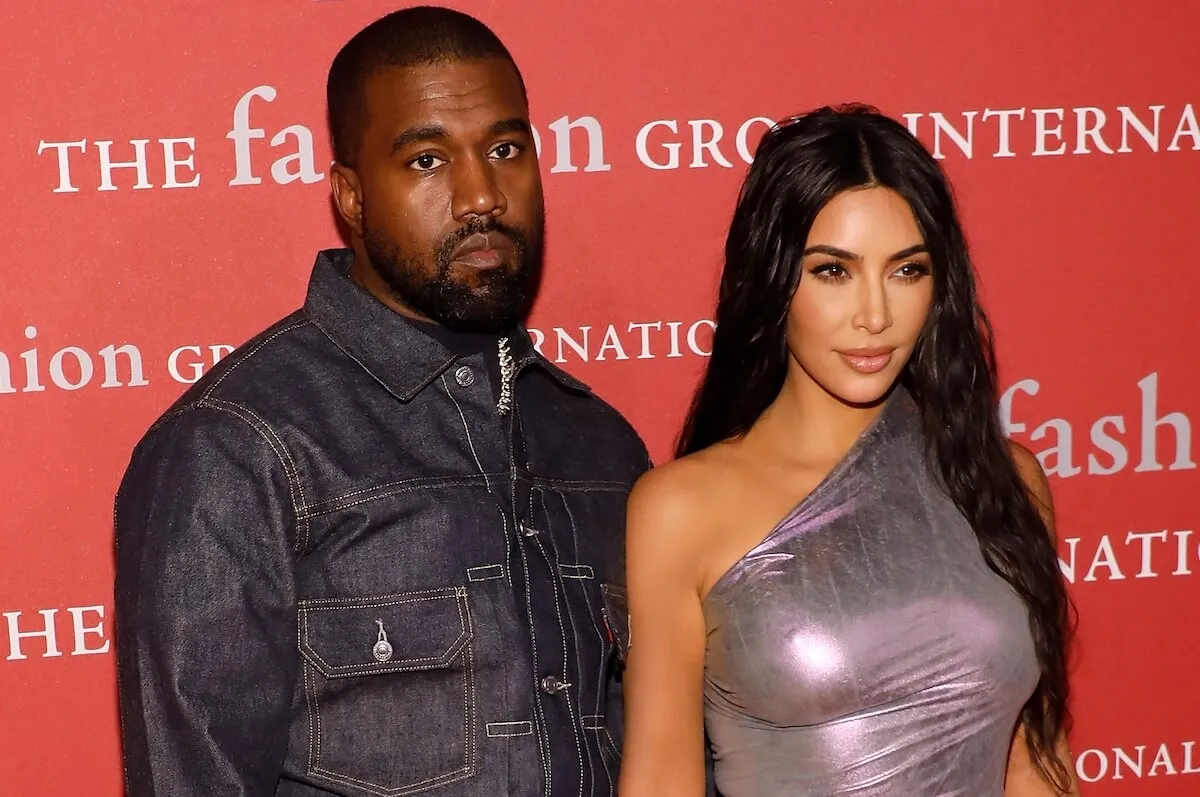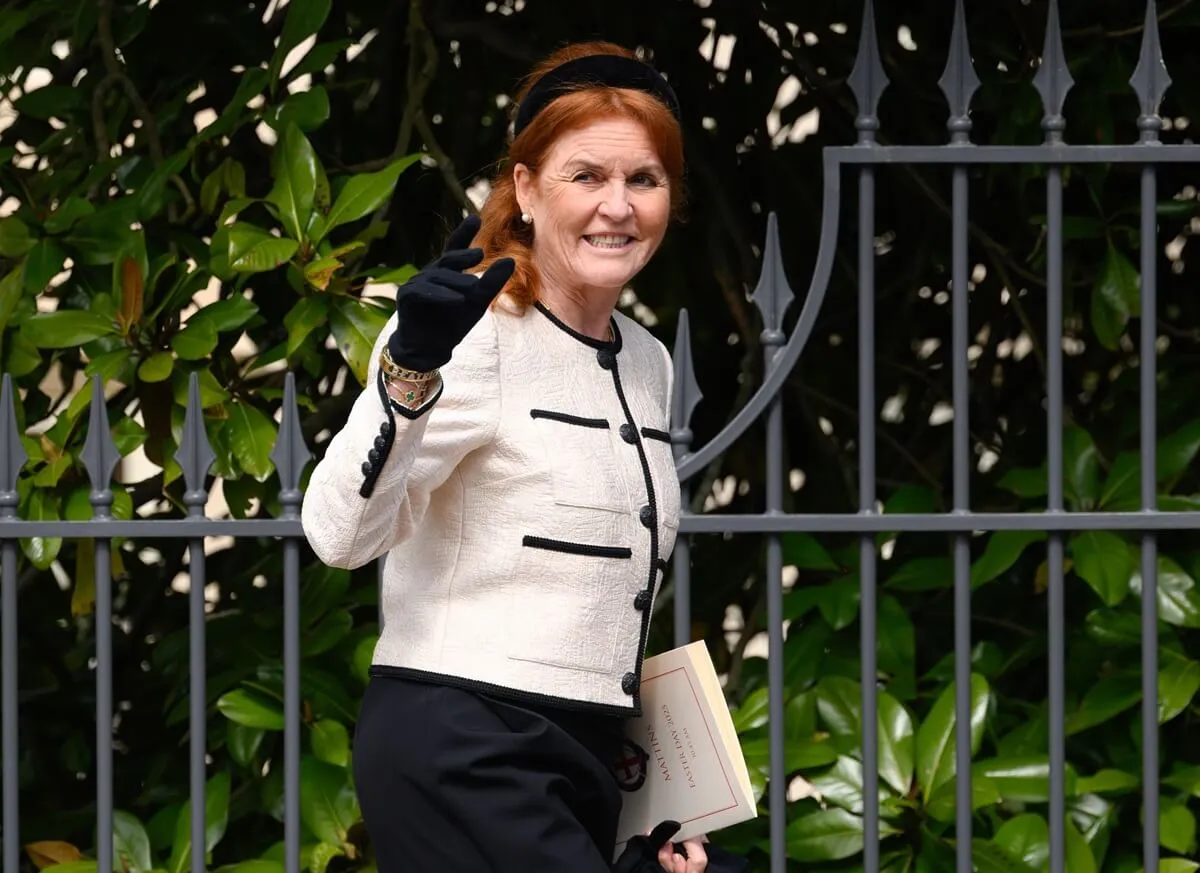
Brian May Spent 30 Years Earning His Ph.D. in Astrophysics
The most memorable moments of music can inspire such awe in some listeners that the songs make fans feel like they transported you to another galaxy. Queen made a career of creating such moments of ecstasy that persist through time decades after the initial recording.

If things had played out differently, rather than become an iconic guitarist as part of the band, Brian May could’ve spent the last 50 years looking up to the stars for snippets of wonder.
May went to school to study space and was on his way to getting a Ph.D. in astronomy before the opportunity to chase his rock star dreams led him away from his education. May eventually returned to class to complete his doctorate.
Before Queen popped off, May was an aspiring astronomer
May studied physics and mathematics at Imperial College London, graduating with an honor’s degree and an Associateship of the Royal College of Science award in physics. He began to study for a Ph.D. in astronomy at the same school in 1970, focusing on reflected light from interplanetary dust and its velocity in the plane of the Solar System.
That was the same year he joined Queen. Once the band began to earn some international acclaim, he dropped out of Imperial in 1974 – but not before co-authoring two research papers based on his experiences at the Teide Observatory in Tenerife, Spain.
After becoming a venerated guitar player, we could all understand if May left his schoolwork left incomplete. But in 2006, he returned to Imperial College to finish what he started. May was fortunate in the fact that the topic of his thesis, the radial velocity of zodiacal light, was not the subject of much research in the intervening years, but still, he did the work. May finally graduated in 2008. (If you want to know more about May’s work, you can get a copy of his thesis on Imperial’s website.)
Last year, May appeared on an episode of “According to Google” on Radio X, an rock music station in Britain, to answer the most common questions asked on the search engine. When prompted to talk about his Ph.D., the musician was deeply satisfied with his accomplishment.
“I’m very proud of it and it cost me in terms of effort and submerging my will to a certain extent, because the tough thing in doing a Ph.D. [is that] you have to be very humble because you have to do what someone is telling you to do and you’re constantly being examined and constantly being criticized … It was tough, but I’m so happy that I did it because I’m happy to be a doctor.”
He put his otherworldly passion to the side to become an iconic guitar player
The legacy of Queen is an ironclad piece of pop music history, but the idolatry of Freddie Mercury sometimes diminishes the role of the other band members in Queen’s greatness, including May. His intelligence and creativity with the instrument were a crucial part of making the band’s songs such three-dimensional hits.
May did most of his studio work with the Red Special, an electric guitar he built with his father when he was 16 years old. With it, May was able to make sounds with his guitar that most people would not even imagine were possible. He was so convincing that early Queen albums came with a note that read: “No synthesizers were used on this album.”
But May was more than just a guitar player. He also wrote many songs for the band, including “We Will Rock You,” “Fat Bottomed Girls,” and “I Want It All.” On the production side, he was Queen’s main arranger and composer, incorporating multi-part harmonies that combined beautifully with their arena rock ambitions.
May has released two solo records in his career, Back to the Light in 1992 and Another World in 1998. He has also collaborated on two albums with English singer and actor Kerry Ellis, Acoustic by Candlelight and Golden Days.
May co-wrote a couple of books about astrophysics
May has continued to pursue his interests in astrophysics while playing with Queen’s new lineup.
He has co-written two books with fellow astrophysicists Patrick Moore and Chris Lintott: Bang!: The Complete History of the Universe and The Cosmic Tourist. May’s relationship with Moore also led to an asteroid being named after the artist. 1998 BM30 was named 52665 Brianmay in 2008.
He hasn’t written any other books, but May continues to advocate for space exploration in different ways. In 2020, he was part of a team that used stereographic projection to represent asteroids in a peer-reviewed paper in the publication Nature Communications.
May is also on the advisory board of the NEO-MAPP (Near Earth Object Modeling and Payloads for Protection) project, an EU-funded organization focused on planetary defense and modeling different asteroid processes.


